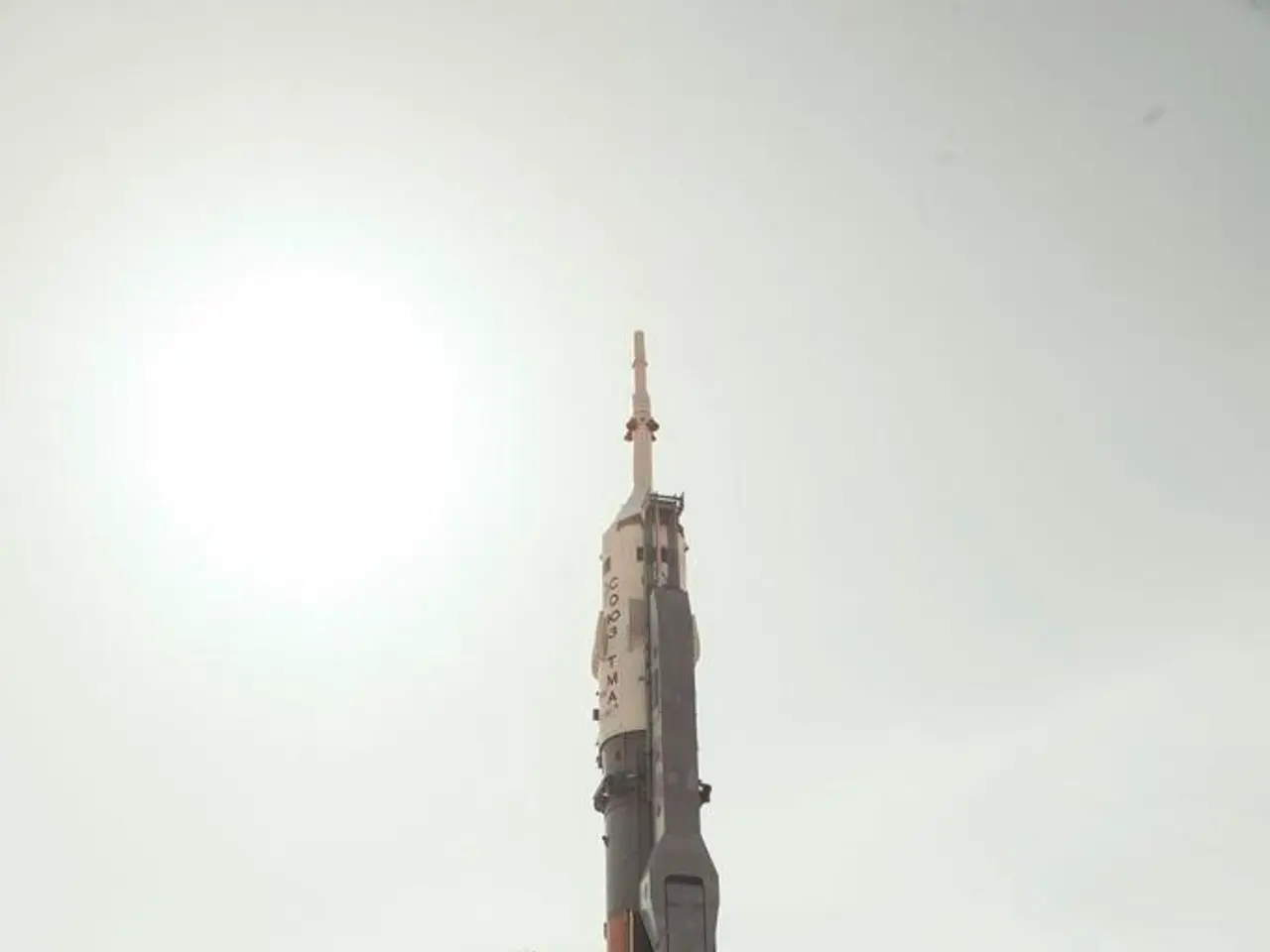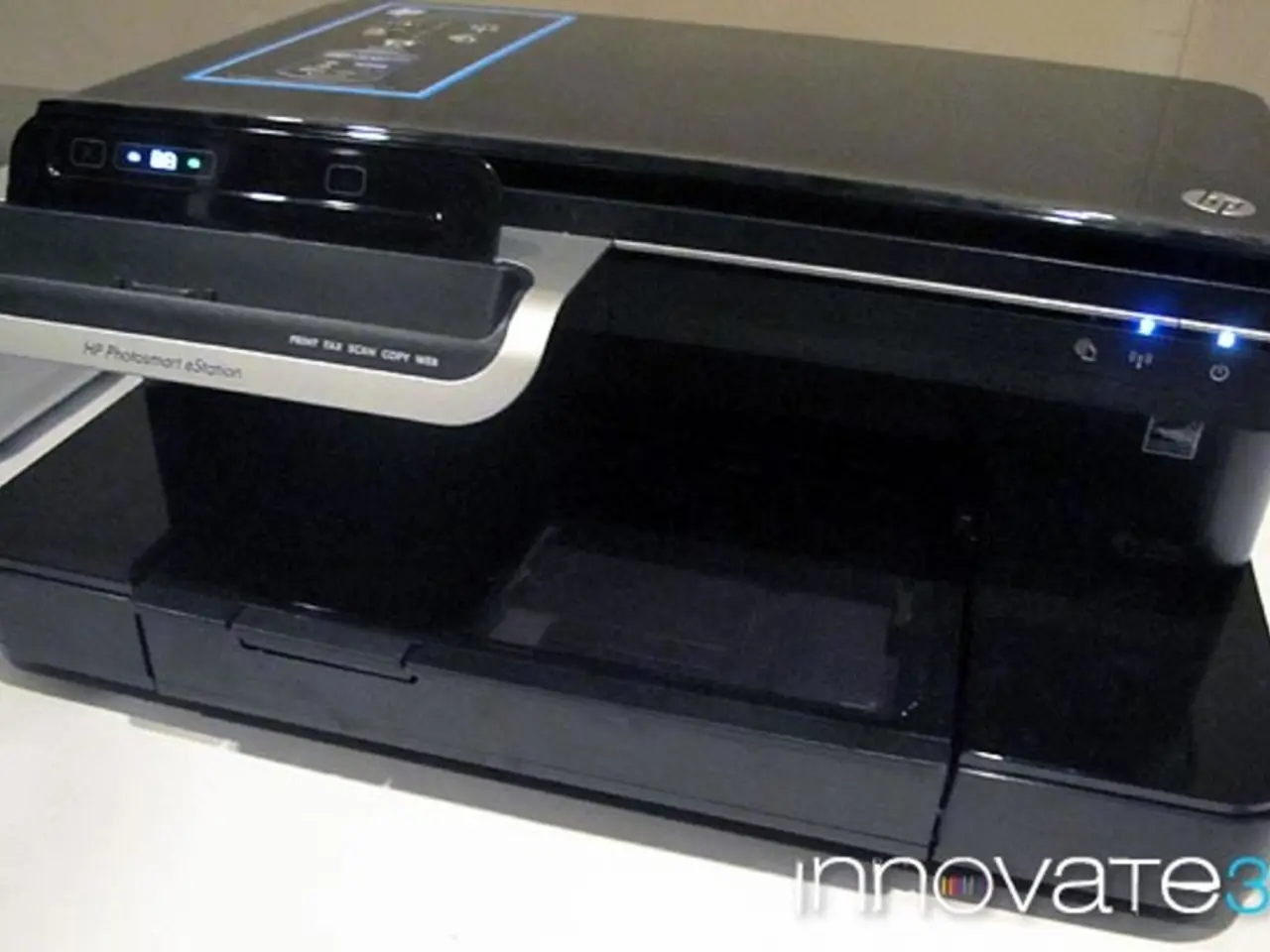Space Operations and Acquisition Divisions Collaborate for Enhanced Satellite Performance
The United States Space Force has unveiled a new acquisition strategy, aimed at streamlining the process of procuring and launching satellites for its missile warning and space sensing missions. This strategy introduces "system deltas," which consolidate program offices based on specific mission areas, such as missile warning and space-based sensing, rather than traditional functional specialties.
This restructuring enables acquisition professionals to work more closely and continuously with system operators, promoting unity of effort, clearer accountability, and ongoing mission area analysis. These system deltas will collaborate directly with "integrated mission deltas" (IMDs) in the Space Operations Command, which manage operational aspects for corresponding mission sets.
Two of these new system deltas, System Delta 84 and System Delta 810, have already been established, with a focus on missile warning and space sensing respectively. These units were established on July 10, 2023.
The Space Force's decision to focus on mission-centric structures is driven by the need for greater responsiveness and efficiency. By prioritizing resources and decision-making around specific system needs, the Space Force aims to field advanced, adaptable capabilities more rapidly and effectively in line with new defense priorities.
The new strategy also addresses staffing challenges. The Space Force's contracting expertise has been affected due to the loss of staff, and the Force is shuffling assignments based on system complexity and cost, seeking less cumbersome acquisition pathways without sacrificing oversight or effectiveness.
The Space Force's efforts may also be aimed at managing its $10 billion budget from the recent tax-and-spending package effectively and efficiently. Six more system deltas are expected to be established by Space Systems Command over the next few months, without requiring additional staff.
The Space Force's new strategy is part of a larger initiative, the Golden Dome project, which is expected to rely heavily on military space sensors and a new array of missile interceptors orbiting the Earth. The aim is to organize the Space Force around mission areas like missile warning, rather than functional areas such as intelligence or cyber effects.
In this new structure, two colonels will work together to find solutions at the delta level, resulting in faster program and capability movement. This alignment aims to close gaps between operational requirements and procurement processes, thereby improving operational readiness and streamlining acquisition workflows.
Sources: [1] Space Force Establishes New Acquisition Units for Missile Warning and Space Sensing Missions. (2023, July 10). Retrieved from https://www.spaceforce.mil/news/2023/07/10/space-force-establishes-new-acquisition-units-for-missile-warning-and-space-sensing-missions/
[2] Space Force's New Acquisition Strategy: Aiming for Greater Efficiency and Responsiveness. (2023, August 15). Retrieved from https://www.defensenews.com/space/2023/08/15/space-forces-new-acquisition-strategy-aiming-for-greater-efficiency-and-responsiveness/
[3] Space Force's Golden Dome Project: A New Approach to Missile Defense. (2023, September 10). Retrieved from https://www.cnbc.com/2023/09/10/space-forces-golden-dome-project-a-new-approach-to-missile-defense.html
[4] Space Force Staffing Challenges and the New Acquisition Strategy. (2023, October 15). Retrieved from https://www.militarytimes.com/news/your-military/2023/10/15/space-forces-staffing-challenges-and-the-new-acquisition-strategy/
- The United States Space Force has introduced a new strategy to streamline the procurement and launching of satellites, focusing on system deltas for specific mission areas like missile warning and space-based sensing.
- The Space Force's new acquisition strategy aims for greater efficiency and responsiveness by prioritizing resources and decision-making around specific system needs, such as the newly established System Delta 84 and System Delta 810, which focus on missile warning and space sensing respectively.
- Two colonels work together in the new structure to find solutions at the delta level, closing gaps between operational requirements and procurement processes, and improving operational readiness and streamlining acquisition workflows.
- The Space Force's new staffing strategy seeks to address staffing challenges due to loss of staff, shuffling assignments based on system complexity and cost to seek less cumbersome acquisition pathways without sacrificing oversight or effectiveness.
- The Space Force's new strategy is part of a larger initiative, the Golden Dome project, expected to rely heavily on military space sensors and a new array of missile interceptors orbiting the Earth, with a mission to organize the Space Force around mission areas like missile warning.




